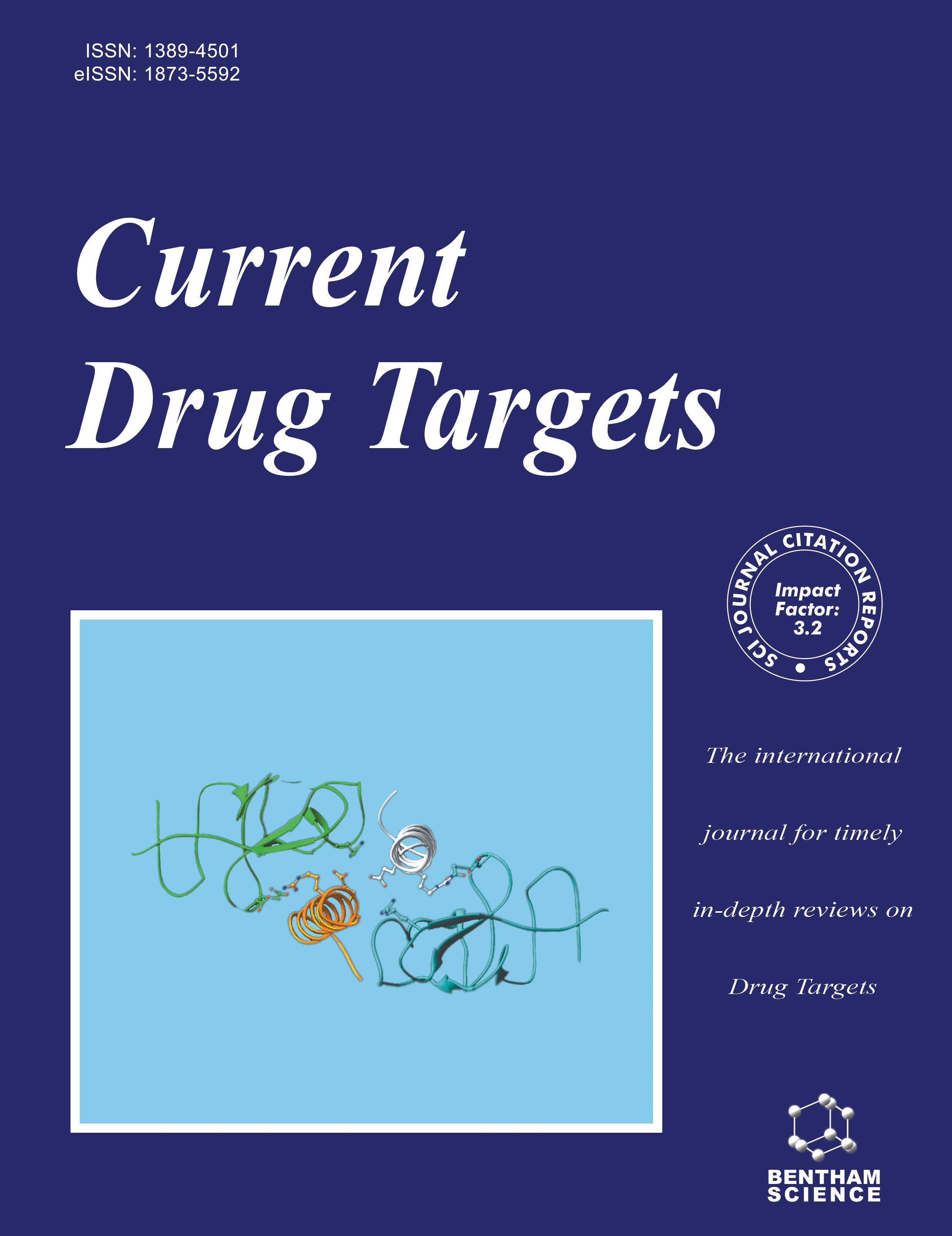
Full text loading...
We use cookies to track usage and preferences.I Understand
The applications of artificial intelligence (AI) in pharmaceutical sectors have advanced drug discovery and development methods. AI has been applied in virtual drug design, molecule synthesis, advanced research, various screening methods, and decision-making processes. In the fourth industrial revolution, when medical discoveries are happening swiftly, AI technology is essential to reduce the costs, effort, and time in the pharmaceutical industry. Further, it will aid “genome-based medicine” and “drug discovery.” AI may prepare proactive databases according to diseases, disorders, and appropriate usage of drugs which will facilitate the required data for the process of drug development. The application of AI has improved clinical trials on patient selection in a population, stratification, and sample assessment such as biomarkers, effectiveness measures, dosage selection, and trial length. Various studies suggest AI could be perform better compared to conventional techniques in drug discovery. The present review focused on the positive impact of AI in drug discovery and development processes in the pharmaceutical industry and beneficial usage in health sectors as well.

Article metrics loading...

Full text loading...
References


Data & Media loading...

